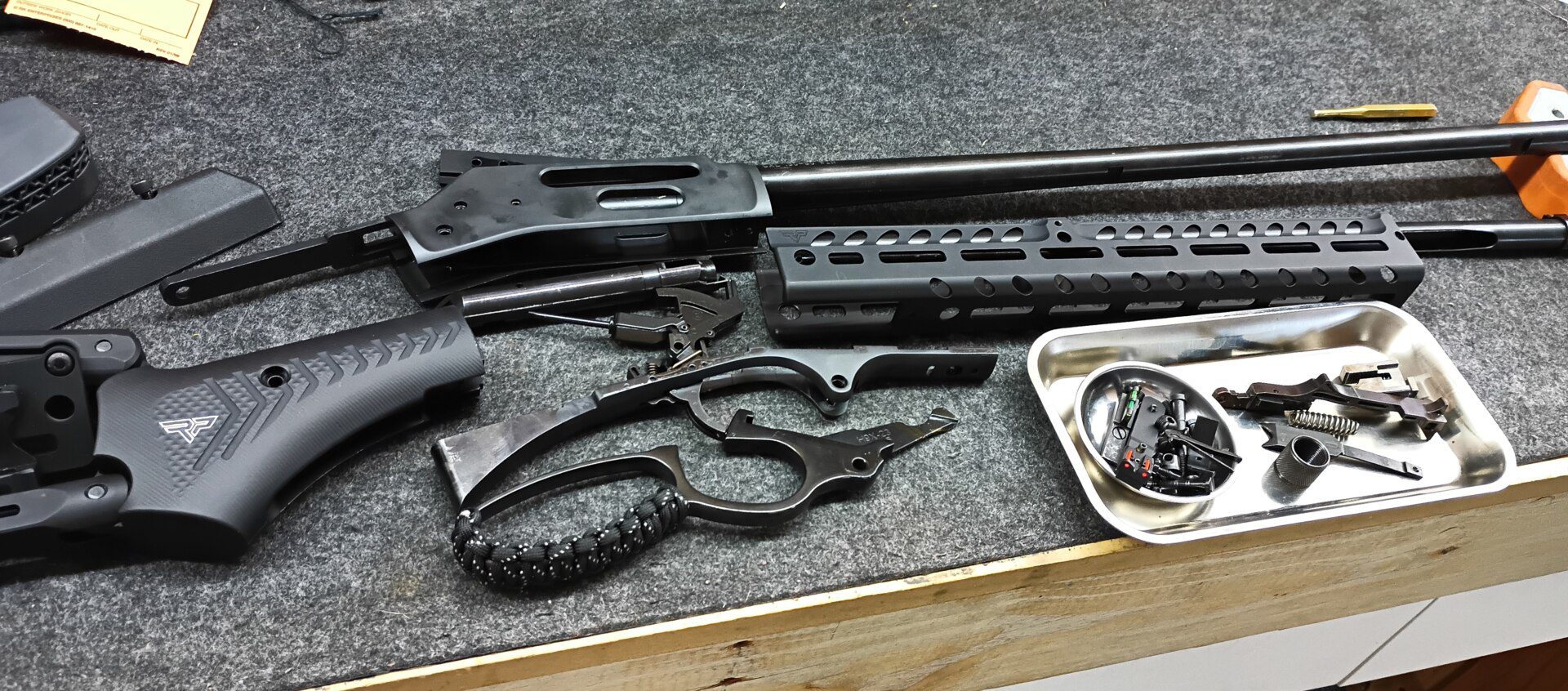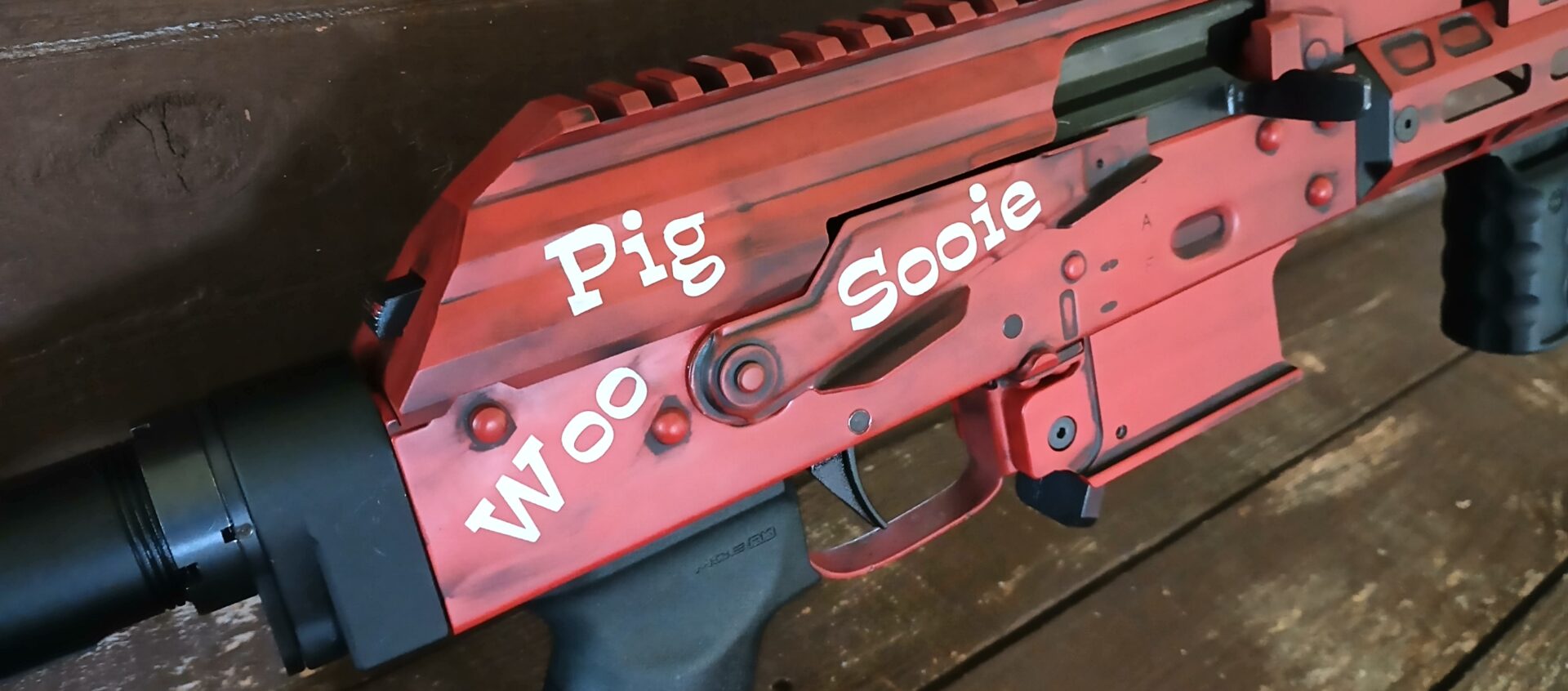
The 1911 Pistol: History
For over a century, the 1911 pistol has traveled with soldiers into almost every crisis, hot spot and war America has been involved in. It remains one of the most reliable handguns on the market today.
Gunsmiths like Bill Wilson, Les Baer and Ed Brown developed extended beavertail grip safeties, hand-fitted barrels, adjustable target sights and ambidextrous safety levers that have become standard features on 1911s sold at gun stores nationwide.
John Moses Browning’s Original Design
John Moses Browning was raised with a strong heritage of arms making. His father, Jonathan, was a highly competent gunsmith who ran his own shop in Ogden, Utah where John worked with him and learned the basics of gunsmithing. John took an early interest in firearms and began to experiment with new, innovative designs, focusing more on building new guns than repairing existing ones.
By the age of 23 John had begun his own gunsmithing business which he named Browning Arms. Over the next 20 years, John would develop 128 firearm patents.
While the 1911 pistol was in development, the military had other demands that they were requiring of their sidearms. They wanted a more compact gun with increased reliability. John continued to refine his design through a number of prototypes, including the Colt 1909. The Model 1909 was the first to utilize a single link tilting barrel lock up system and made improvements to the grip safety, the ejector port, magazine release and overall ease of disassembly of the pistol.
When the 1911 was put through its paces, it proved to be one of the most reliable military-issued handguns ever created. When the United States entered World War I, the Army immediately adopted it for use by all of its armed forces. Demand for the 1911 skyrocketed, and supplemental production capacity was set up at Springfield Armory to keep up with the demand.
It’s Reliability
One of the reasons 1911s remain so popular is their reliability. Whether it’s a GI model that was made decades ago or one of today’s handcrafted guns, they’re very reliable. They can be a great choice for concealed carry, home defense, competition shooting or even just target practice.
The fact that the 1911 can reliably be fired again and again is a testament to John Browning’s original design. But it’s also a testament to the craftsmanship of the people who make them and to the dedication of the shooters who use them.
Like any gun, the 1911 requires a bit of care and maintenance to keep it functioning at peak performance. However, with reasonable care, the 1911 is a very reliable firearm.
Its reliability is largely due to how the magazine feed ramp fits into the barrel. The gap between the feed lips and the locking block should be at least 1/32nd of an inch. This allows the cartridge to be properly aligned with the barrel, where the rim contacts it. If the gap is too small, or if the feed ramp has too much of a chamfer, then a good 1911 can have issues with feeding hollow point or flat-nosed ammunition.
Fortunately, this problem is relatively easy to solve with a little work by an experienced smith. The trick is to file the bottom of the feed ramp until it’s smooth and closes the gap, while still leaving a bit of an upward angle at the top of the ramp.
It’s Versatility
The 1911 is a single-action magazine-fed, recoil-operated semiautomatic pistol. When you pull the trigger on a 1911, it ejects the empty case, cocks the hammer and loads a live round from the magazine into the chamber. The 1911 is a powerful handgun that can shoot well out to 100 yards, and has a good reputation for accuracy, even without the use of custom ammunition.
Many people love the versatility of a 1911. The gun can be used for target shooting, hunting or self-defense. It is also a very reliable choice to have as your backup sidearm, particularly if you are in the military or law enforcement. Lone Star Gunsmithing does custom work on your 1911 for added features, safety and performance.
The design of the 1911 allows for it to be used by a variety of hands, and there are many accessories available. For example, some people prefer to add a thumb safety to the frame to prevent the accidental firing of the gun. However, the addition of a thumb safety can also be a drawback when it comes to concealed carry. It can protrude slightly from an inside-the-waistband (IWB) holster, which can be uncomfortable when worn with tight clothing.
The 1911 is available with both steel and aluminum frames. The aluminum frames are typically lighter and easier to customize for different parts and finishes. However, they are susceptible to corrosion and will need more regular maintenance than a steel-frame 1911.
It’s an American Icon
As a pistol that was designed and produced in America, the 1911 is a gun of national pride. Some might argue that it’s not the best pistol for combat or concealed carry, but it is a gun that is very popular among red-blooded American shooters. If you’re looking for a solid, reliable handgun that can be used for target shooting or self-defense, the 1911 is an excellent choice.
John Browning’s design was a hit in two important military campaigns: the Punitive Expedition to capture Pancho Villa, and the U.S. entry into World War I. After WWII, the 1911 saw further revisions and was given its current name — the M1911.
The M1911 is one of the most reliable sidearms in the world, but it still requires some maintenance to keep it running. Ask any 1911 enthusiast about their maintenance habits, and they’ll likely tell you that they meticulously clean their gun after every range day. For those that are used to more modern pistols, this may seem like an antiquated ritual, but it’s one that has led the 1911 to its legendary reputation.
If you’re interested in learning more about the history of the 1911, check out this video from Fusion Firearms. The company has been making frames, barrels and other parts for 1911 builders for years, and they’re an excellent resource for anyone who wants to learn more about this iconic handgun.




